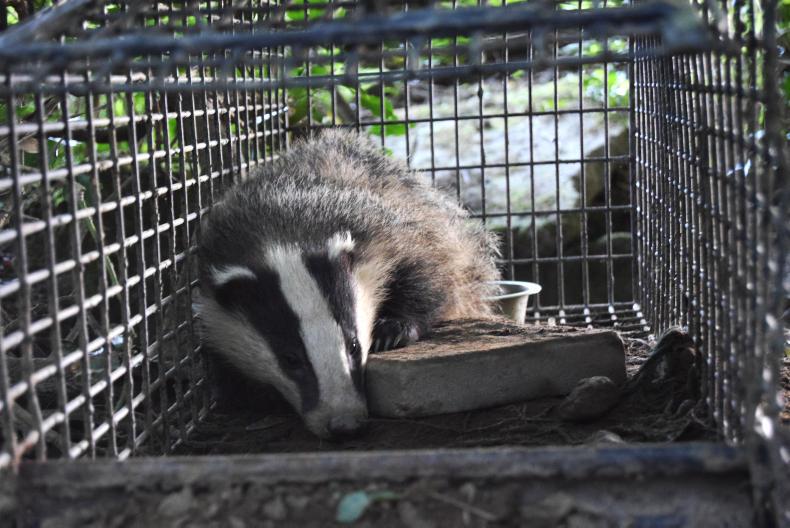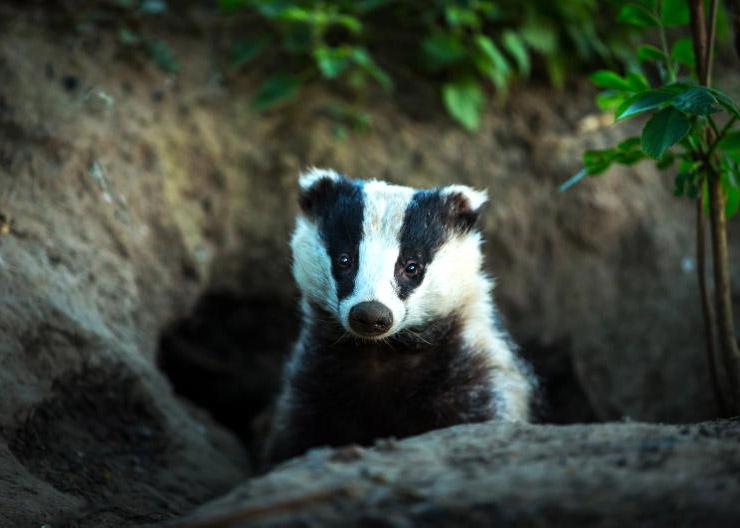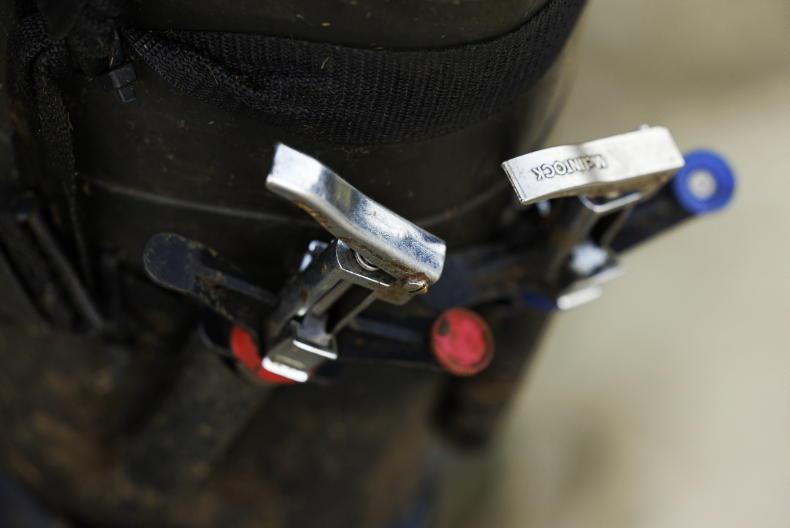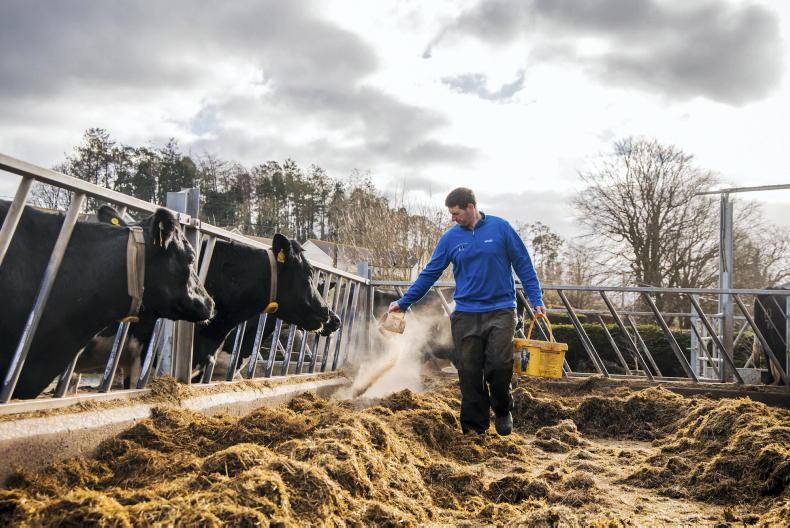The Department of Agriculture (DAFM) is stepping up its engagement with farmers as part of a renewed effort for co-operation in the TB eradication programme.
Badgers are not the sole cause of bovine TB in cattle, but they are an important one, the Department said. Approximately €4.6m is spent by the Department annually to protect farmers from TB in wildlife.
It has reminded farmers of three simple principles to minimise the risk of TB spreading from badgers to cattle:
Stop cattle getting to badgers at pasture by fencing off badger setts and latrines.Stop badgers getting to cattle at housing by placing skirting on shed gates.Tell the Department of Agriculture of any badger activity on the farm.Text
The Department explained that where badgers are associated with a breakdown, they are humanly removed under a licence from the National Parks and Wildlife Service (NPWS).
Badgers are also vaccinated to prevent TB breakdowns in about one third of the cattle farming area of the country.
Farmers in vaccination areas received a text in spring 2020 from the Department asking them to watch a video and provide information on badger activity.
All farmers will receive a similar text in the coming weeks.
The Department said to capture wild animals it relies on good information regarding their location. It said information provided by farmers was crucial to its efforts.
Farmers and huntsmen are contacted by the Department when there are TB breakdowns for information.
Groups
Farmers also occasionally group together to co-ordinate searches for badger activity.
“These efforts, in particular in Iveragh in 2018 and the Burren this year, provide excellent information and DAFM would encourage local farming groups to band together in this way,” the Department said.
It plans to visit all setts in the coming months, starting with the areas that have the highest disease levels.
Among the signs of badger activity are paths 15cm to 20cm wide, setts with 30cm entrance that do not narrow, multiple entrances to setts, large spoil heaps at entrances, snuffle holes, overturned cow pads, latrine pits where dog-like but darker faeces are regularly deposited and footprints with kidney-shaped pad and straight-toe alignment.
Read more
Farmer view: 'ranking isn't much good when TB transfer between herds is low'
Badger vaccination as effective as culling
The Department of Agriculture (DAFM) is stepping up its engagement with farmers as part of a renewed effort for co-operation in the TB eradication programme.
Badgers are not the sole cause of bovine TB in cattle, but they are an important one, the Department said. Approximately €4.6m is spent by the Department annually to protect farmers from TB in wildlife.
It has reminded farmers of three simple principles to minimise the risk of TB spreading from badgers to cattle:
Stop cattle getting to badgers at pasture by fencing off badger setts and latrines.Stop badgers getting to cattle at housing by placing skirting on shed gates.Tell the Department of Agriculture of any badger activity on the farm.Text
The Department explained that where badgers are associated with a breakdown, they are humanly removed under a licence from the National Parks and Wildlife Service (NPWS).
Badgers are also vaccinated to prevent TB breakdowns in about one third of the cattle farming area of the country.
Farmers in vaccination areas received a text in spring 2020 from the Department asking them to watch a video and provide information on badger activity.
All farmers will receive a similar text in the coming weeks.
The Department said to capture wild animals it relies on good information regarding their location. It said information provided by farmers was crucial to its efforts.
Farmers and huntsmen are contacted by the Department when there are TB breakdowns for information.
Groups
Farmers also occasionally group together to co-ordinate searches for badger activity.
“These efforts, in particular in Iveragh in 2018 and the Burren this year, provide excellent information and DAFM would encourage local farming groups to band together in this way,” the Department said.
It plans to visit all setts in the coming months, starting with the areas that have the highest disease levels.
Among the signs of badger activity are paths 15cm to 20cm wide, setts with 30cm entrance that do not narrow, multiple entrances to setts, large spoil heaps at entrances, snuffle holes, overturned cow pads, latrine pits where dog-like but darker faeces are regularly deposited and footprints with kidney-shaped pad and straight-toe alignment.
Read more
Farmer view: 'ranking isn't much good when TB transfer between herds is low'
Badger vaccination as effective as culling









SHARING OPTIONS